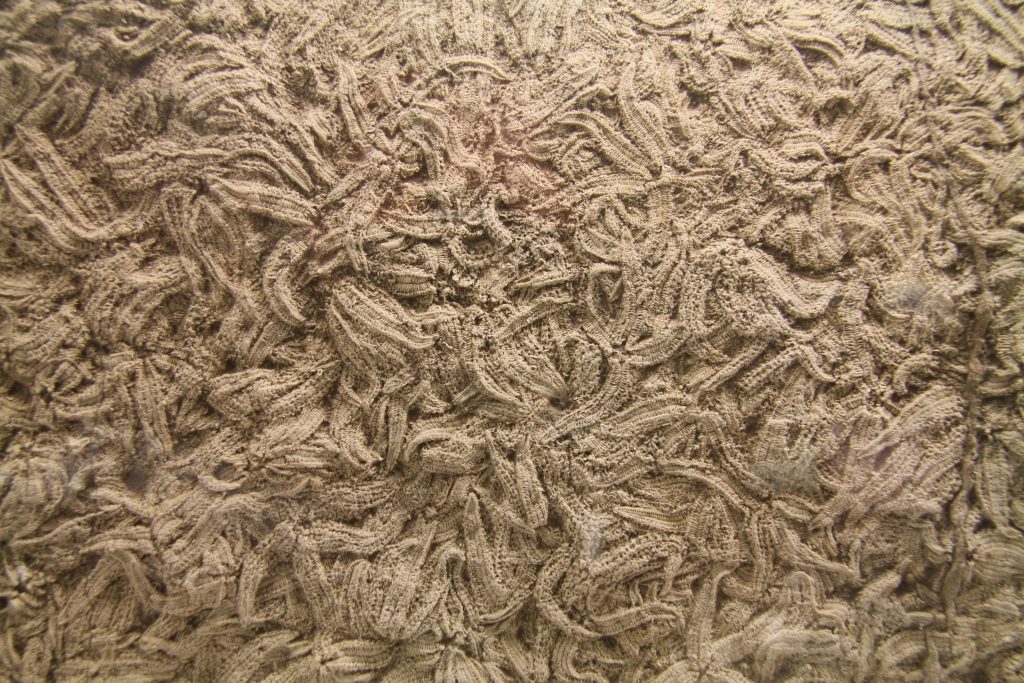Browsing the "Blog" Category
The Palaeocast blog is where we let palaeontologists around the world their their own stories in their own voice. If you’re interested in writing your own article for the Palaeocast blog, please get in touch via the contact form. The link is at the foot of every page.
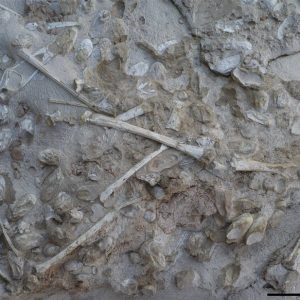
Published on November 30th, 2017 | by Liz Martin-Silverstone
[This article was originally published on The Conversation. Read the original article here.] A hoard of fossilised pterosaur eggs discovered in China is helping scientists gain a rare insight into the extinct flying reptiles. Newly released [&hellip... Read More →

Published on November 21st, 2017 | by Guest Blogger
I have the great opportunity to write about paleontology. Paleontology is something I’ve always wanted to be involved with, but it’s something I never pursued academically. I have acquired several books on the subject that I [&hellip... Read More →
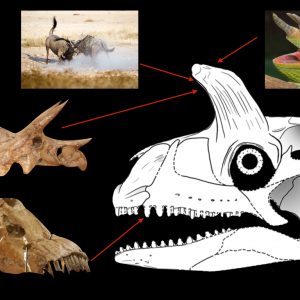
Published on August 21st, 2017 | by Chris Barker
My friends know me as a theropod fanboy, which should come to no surprise, as I am a massive cliché of a palaeontologist (unashamedly so, as theropods are beyond cool). However, give me a weird archosauromorph [&hellip... Read More →
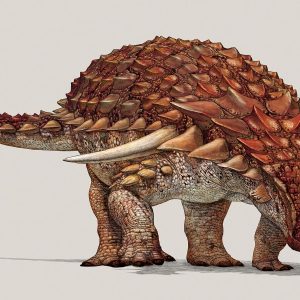
Published on August 4th, 2017 | by Chris Barker
Biology is full of exciting avenues, and some of the finest, in my opinion, are the morphological and behavioural adaptations that define the split seconds whether an animal lives or dies, eats or starves. Predator-prey interactions [&hellip... Read More →
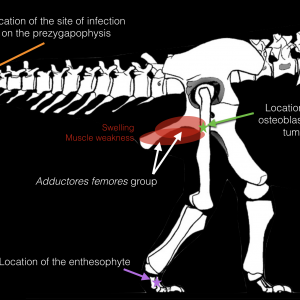
Published on July 30th, 2017 | by Chris Barker
Titanosaurs include some of the largest terrestrial organisms to walk the Earth: globally distributed, multi-tonne behemoths representing the last of the sauropods at the end Cretaceous extinction event. Much about their biology is known, ranging from [&hellip... Read More →
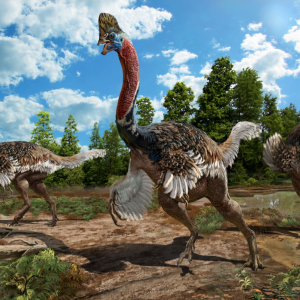
Published on July 29th, 2017 | by Chris Barker
The Late Cretaceous rocks of Ganzhou, China, are rife with oviraptorids. We have seen these strange theropods before here at Palaeocast, when we looked at the very high temperatures at which they incubated their eggs. The [&hellip... Read More →
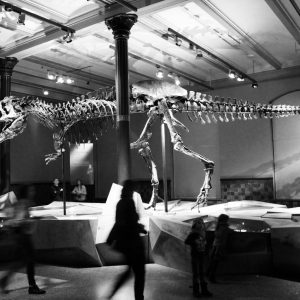
Published on July 18th, 2017 | by Guest Blogger
“Must go faster!” yells Dr Ian Malcolm, as his mangled, yet rather toned, body was hauled away in the Jurassic Park jeep, his lovely hair swaying in the wind as they fled from the Tyrannosaur paddock, [&hellip... Read More →
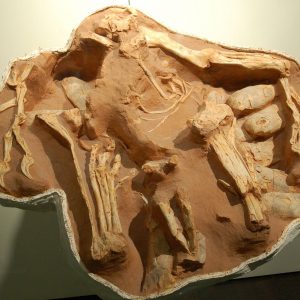
Published on July 7th, 2017 | by Guest Blogger
Implications for Dinosaur Nesting Behaviour and Thermophysiology Oviraptorosaurs had received a pretty bad reputation when they first popped onto the scene. Initially, palaeontologists branded these creatures as “egg plunderers”, due to the discovery of an individual, [&hellip... Read More →
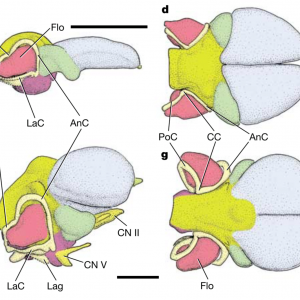
Published on June 26th, 2017 | by Guest Blogger
With advancements in computed tomography (CT) scanning comes an increased understanding of the internal structures preserved in extant and extinct animals, providing a non-destructive way of peering into the bones and revealing their secrets. Along with [&hellip... Read More →

Published on June 18th, 2017 | by Guest Blogger
Articles on dinosaur neurovasculature are like buses: you wait for most of the Phanerozoic for one to arrive and then two appear at once. Indeed, 2017 saw the publication of two articles relating to the purpose [&hellip... Read More →






















